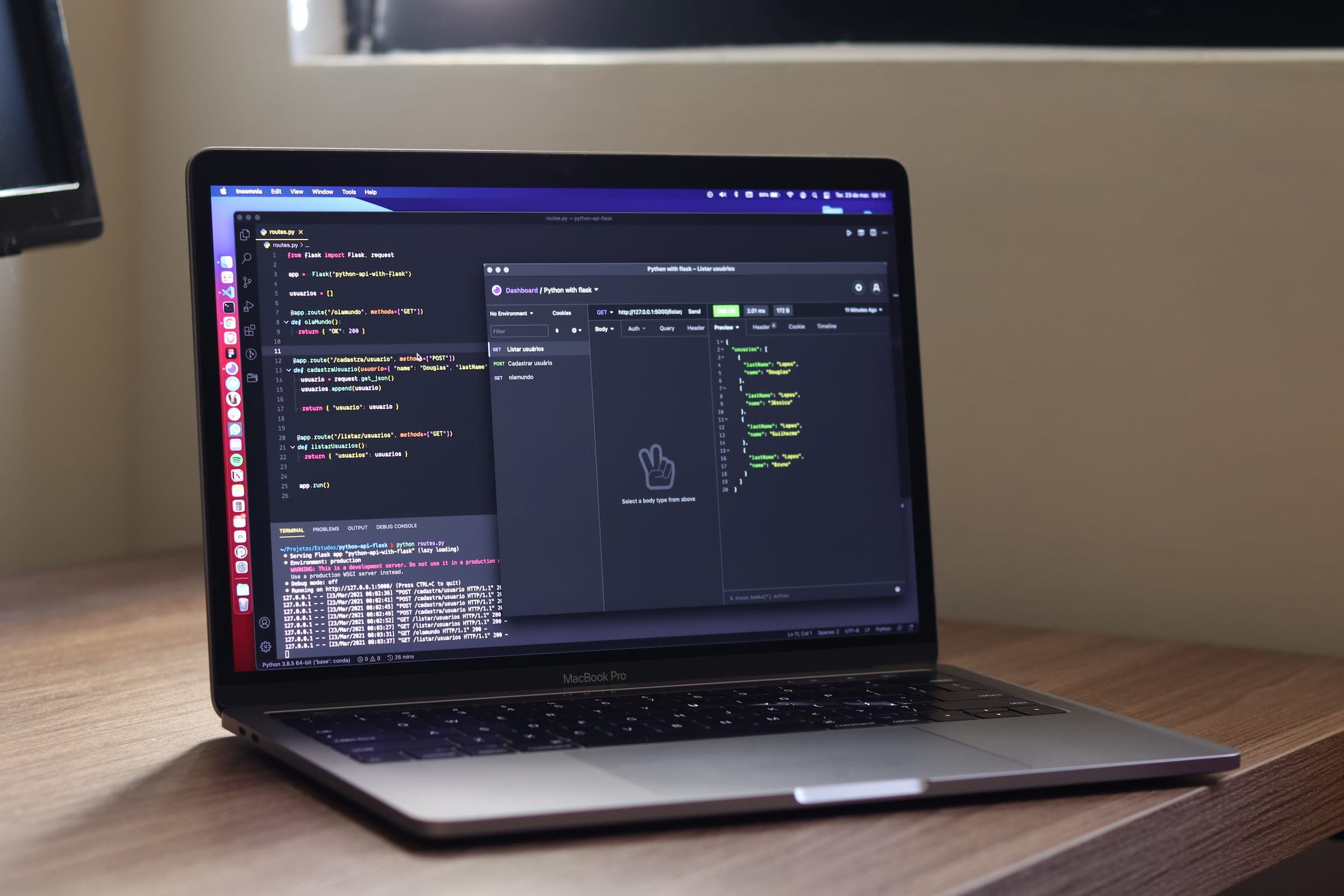The Evolution of Web Design: From HTML to AI
by AiluroTech Team, Member

The Evolution of Web Design: From HTML to AI
Introduction
The landscape of web design has undergone a remarkable transformation over the past few decades. From the rudimentary HTML pages of the early internet to the sophisticated, AI-driven experiences of today, web design has evolved in ways that were once unimaginable. This blog post explores the journey of web design, highlighting key milestones and emerging trends.
The Early Days: Static HTML and Basic CSS
In the early 1990s, the World Wide Web was a collection of static pages. Designers relied on basic HTML to structure content and used inline CSS to add minimal styling. Websites were primarily text-based, with limited interactivity and visual appeal. Despite their simplicity, these early sites laid the groundwork for future advancements.
The Rise of Dynamic Websites: JavaScript and Flash
The late 1990s and early 2000s saw the advent of more dynamic web experiences. JavaScript emerged as a powerful tool for adding interactivity, while Flash enabled designers to create animations and multimedia content. Websites became more engaging, although often at the expense of longer loading times and compatibility issues.
The Mobile Revolution: Responsive Design and Mobile-First Approach
With the proliferation of smartphones in the late 2000s, web design faced a new challenge: ensuring a seamless experience across various devices. Responsive design principles, which involve creating flexible layouts that adapt to different screen sizes, became essential. The mobile-first approach, where design begins with the smallest screen and scales up, became the standard.
The Modern Era: Minimalism, Micro-Interactions, and User Experience
Today, web design is characterized by clean, minimalist aesthetics and a focus on user experience (UX). Designers prioritize usability, accessibility, and fast loading times. Micro-interactions, subtle animations that enhance user engagement, are widely used to create intuitive interfaces. Tools like Sketch, Figma, and Adobe XD have revolutionized the design process, enabling seamless collaboration between designers and developers. We here at AiluroTech primarily use Figma for our design process.
The Future: AI and Personalized Web Experiences
Looking ahead, artificial intelligence (AI) is set to further transform web design. AI-driven tools can automate repetitive tasks, analyze user behavior, and deliver personalized content. Chatbots, voice interfaces, and augmented reality (AR) are becoming more prevalent, offering new ways for users to interact with websites.
Final Thoughts
The evolution of web design reflects broader technological advancements and changing user expectations. As we move into the future, the focus will remain on creating accessible, engaging, and personalized experiences. By embracing new technologies and staying attuned to user needs, designers can continue to push the boundaries of what’s possible on the web.
